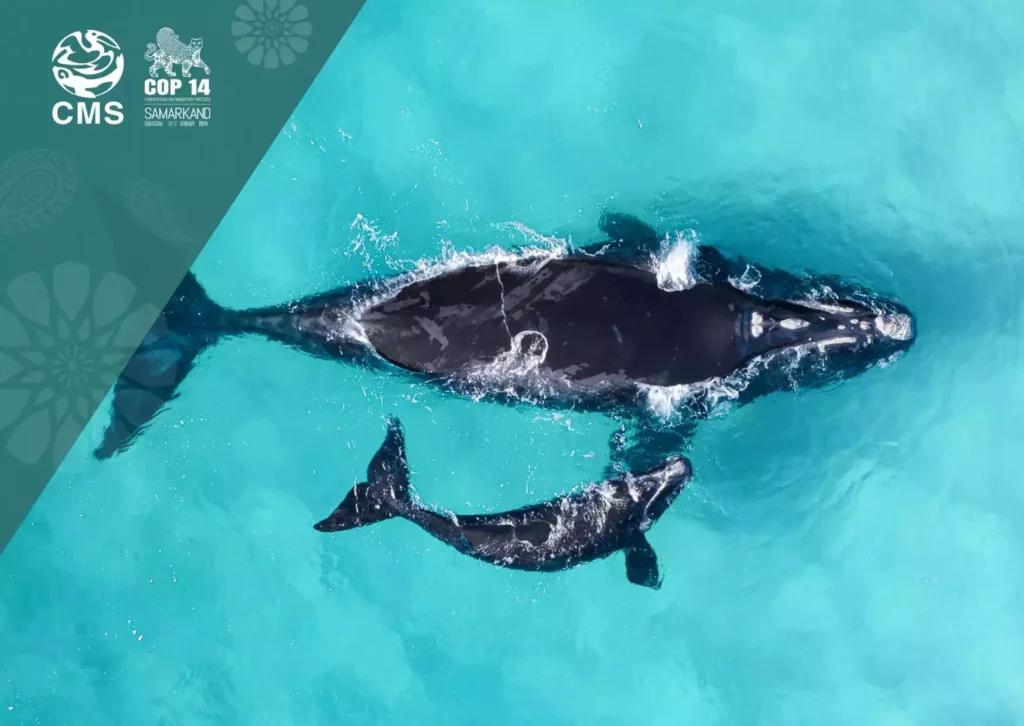Launched at CMS COP14 in Samarkand, Uzbekistan, the inaugural State of the World’s Migratory Species report highlights alarming risks faced by over a fifth of global migratory species due to climate change and human activities.
Key findings of the report:
- More than a fifth of the world’s migrating species are at risk of extinction due to climate change and human encroachment.
- Billions of animals migrate annually across deserts, plains, or oceans for breeding and feeding.
- Unsustainable pressures on migratory species could lead to dwindling populations, disrupt food supplies, and threaten livelihoods.
- Of the 1,189 species protected by a 1979 U.N. convention, 44% have seen population declines, and 22% could vanish altogether.
- Human activities, including hunting, fishing, and overexploitation, impact 70% of the species on the U.N. list.
- Habitat loss affects up to 75% of the species.
- Temperature changes disrupt migration timing, cause heat stress, and lead to destructive weather events like droughts or forest fires.
Key Recommendations:
- Governments need to tackle threats to migratory species with clear and effective implementation strategies.
- Avoid disrupting habitats and migration paths when installing dams, pipelines, or wind turbines.
- Ensure government decision-making considers the balance between human needs and the preservation of nature.
- Address the compounded pressures of temperature changes on migratory species.
- Honor the 2022 global biodiversity agreement to set aside 30% of the world’s land and sea territories for nature by 2030 to improve conservation efforts.
- Launch new programs to provide technical assistance for countries to protect habitats more effectively.
About CMS:
- It is an international agreement that aims to conserve migratory species throughout their ranges.
- It was signed under the auspices of the United Nations Environment Programme and is concerned with the conservation of wildlife and habitats on a global scale.
- It was signed in 1979 in Bonn, West Germany and entered into force in 1983.
- Members: 133 Parties
- Appendix I of the Convention on Migratory Species (CMS) lists migratory species threatened with extinction. Range states to these species must provide strict protection, conserve their habitats, mitigate migration obstacles, and address other threats.
- Appendix II includes migratory species requiring international cooperation. These species form the basis for establishing regional or global agreements under CMS, encouraging range states to conclude such agreements.
Ref: Source
| UPSC IAS Preparation Resources | |
| Current Affairs Analysis | Topperspedia |
| GS Shots | Simply Explained |
| Daily Flash Cards | Daily Quiz |


